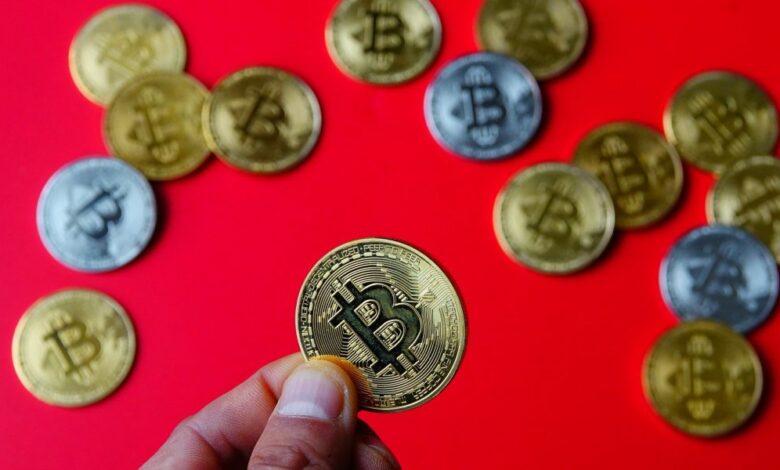Bitcoin struggles to regain momentum after weekend wipeout erased more than 10%


“It still hasn’t recovered from that sharp pullback,” Teddy Fusaro, president of Bitwise, told Fortune.
Over the weekend, the price of Bitcoin fell over 10%, from around $70,000 to $62,000, where it has since remained, while some altcoins sank over 15%. Similar to U.S. equities across the board, when reports of the attack first broke, short-term traders who view Bitcoin as a riskier asset—some of whom were leveraged 50x or more and could no longer cover their positions—were forced to liquidate. Crypto markets rebounded slightly on news that Israel and its allies shot down nearly every Iranian missile and drone but have since retreated.
“It was the only asset in financial markets that was tradable at that time, which is one of Bitcoin’s unique strengths,” Fusaro added, “but also makes it susceptible to swings in price over the weekend when it is the only venue for transferring risk during that time.”
🔵 Bitcoin dips amid political tension in the Middle East
📉 On April 13, following Iran’s attack on Israel, the price of Bitcoin dropped from around $67,000 to $61,625, resulting in a loss of over $130 million in market cap within minutes.
🌍ETH also suffered, falling by 9.81%… pic.twitter.com/jlTIoJj214
— Crypto Mission (@CryptoMissionPL) April 15, 2024
“Traders reduced exposure and market makers pulled liquidity amidst the peak uncertainty, causing a massive shakeout in the crypto market,” Vetle Lunde, a senior analyst at K33 Research, told Fortune.
On Sunday, Peter Schiff, chief economist at Euro Pacific asset management and a renowned crypto skeptic, predicted that if Bitcoin fell below $60,000—what he considers a “critical support” point—that could trigger a plummet to $20,000. He warned in an X post that Microstrategy, the largest corporate holder of Bitcoin, could potentially lose an estimated $2.7 billion in such a scenario.
While many investors are excited about the halving scheduled for Saturday, historically a bullish event, Bitcoin already has risen from about $44,000 at year-end to a high of almost $74,000 in March, added Fusaro. “So, it makes sense that we’d see some of the length and leverage get cleared out, and the short-term impact of traders reducing on Saturday night was a catalyst.”
#Bitcoin celebrates its fourth halving event this week.
So far, it looks like we’re following the pattern of choppy price action, prior to a face-melting rally.
Patience is the name of the game. pic.twitter.com/oRnkleAYtS
— Jelle (@CryptoJelleNL) April 16, 2024
Lunde said that because the upcoming halving has been so widely documented and anticipated, it makes immediate price swings less likely.
“The compounding effect of reduced issuance takes months to materialize, and we do not expect the halving to lead to any meaningful rally neither prior to, nor directly after, the fact,” he added.
Indeed, before the two previous halvings, in 2016 and 2020, there were major price retracements in the immediate run-up. In 2016, it was close to 40%, and in 2020, it was around 20%.




